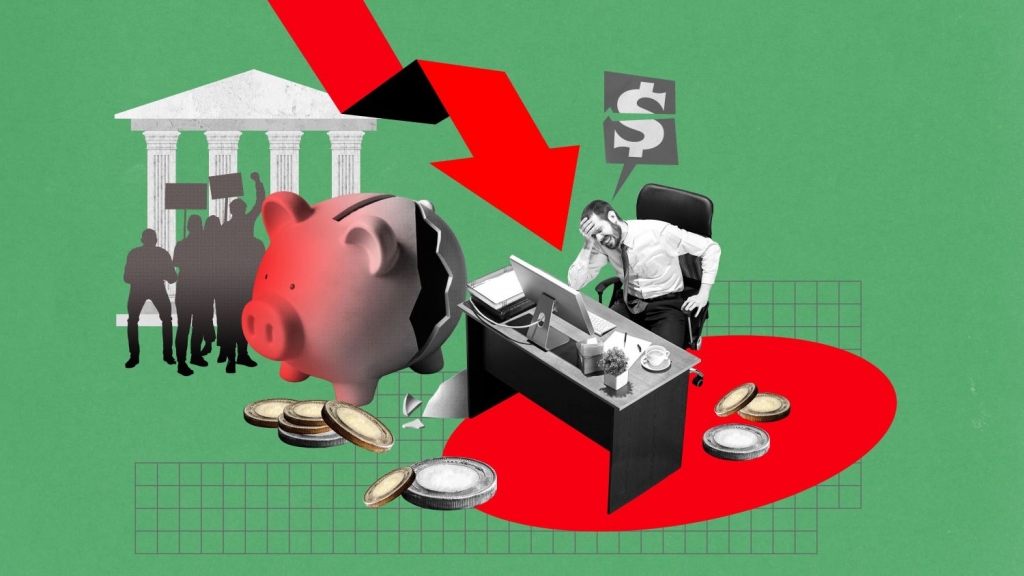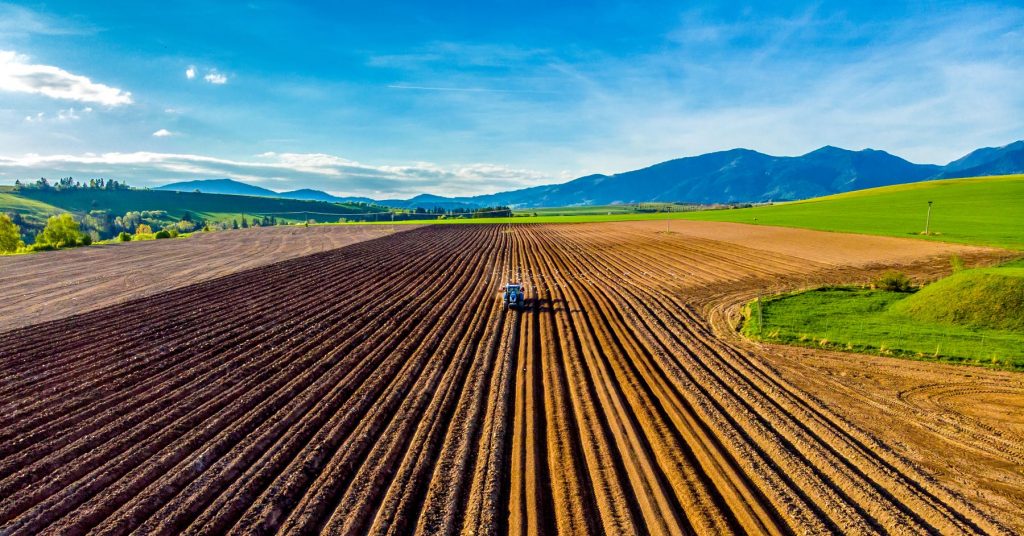Investing in a house over 25 years to stop paying rent?
Investing in solar equipment over 12 years to reduce your EDF bills?
Investing in a pellet stove over 8 years to reduce your heating bills?
It’s a fact: to save money, you need to invest 💵.
When it comes to monthly expenditure, did you know that the average household spends €185 every month in the shops on fruit and vegetables, and will therefore lose over €15,000 over 5 years with inflation?
OK, apart from (really) knowing how to grow a vegetable garden all year round, how can you invest in your food to really make substantial savings? And why did some people never even think it was possible?

Why does it seem so surprising to invest to save money on food? When in fact it’s the biggest item in the family budget (if you separate rent and heating into separate items).
In fact, this may seem unusual for two reasons:
But there’s a persistent idea that fruit and vegetables don’t add up to much in the family’s monthly budget.
The reality is quite different.
According to a report on inflation published each year by the Families Rurales observatory, fruit and vegetable prices have risen by almost 16% between 2022 and 2023. More incredibly, in ten years, fruit prices have soared by 43% and vegetables by 73% 🤯.
Change in the consumer price index for several groups from 2013 to 2023
(annual averages – based on Insee – CPI – Base 100 in 2015)

*Fresh vegetables excluding potatoes and other tubers
**2023: average of monthly indices from January to June.
Source: https://www.famillesrurales.org/
Unless you eat nothing but hard discount rice and pasta, if you want to eat a balanced diet, you’re talking about an average budget of €185 a month just for fruit and vegetables.
According to the association: “to eat 5 fruits and vegetables a day per person and meet the official recommendations of the French National Nutrition and Health Plan, a family of 2 adults and 2 children “would have had to spend between €134 and €241” a month, “or between 10% and 18% of a net monthly minimum wage.”
Let’s do the math, with a monthly spend of €185 on average, you’re going to lose €15,150 in just 5 years! 😱 And if you buy organic, eat a lot of vegetables or live in certain geographical areas (Switzerland, for example), the bill can easily be almost doubled, i.e. more than €30,000 in 5 years.
Have you ever calculated how much money you’ve lost in shops over the years?
With inflation at +73% over 10 years, have you already projected your future expenditure?
________________________________________
“It’s simple, with a monthly basket of €200 on fruit and vegetables and a conservative inflation assumption (10% per year), expect to have lost €30,000 in 10 years’ time. “
– Mickaël Gandecki, co-founder and CTO Myfood
________________________________________
And even then, the current trend curve points more towards 3-figure inflation over the next decade… And in the even shorter term, the major retailers are already warning us: “no green September on the shelves” 😭
What we need to understand is that our food expenditure figures are largely “sponsored” by energy and modern production techniques.
Two centuries ago, food accounted for around 2/3 of a family’s budget. At that time, 2/3 of the population contributed to GDP through agricultural production, so it’s easy to extrapolate that the share of each family’s expenditure was the same (cf. Jancovici: Speech at Grignon on agriculture – May 2023).
However, in 200 years, this share has fallen below 15%, thanks to the industrial revolution and above all thanks to energy, particularly oil and gas. The fact that food is so ‘cheap’ today is largely due to mechanized machinery that can cultivate large areas and fertilizers that give yields to soils that are less and less fertile naturally.
Recent crises have already given us some warning signs. The increasing scarcity of metals to make machinery, the growing difficulty of extracting oil and the pressure on gas for fertilizers: agriculture will have to reinvent a future without fossil fuels. And it’s certain that with fewer tractors, less fuel oil and less nitrogen fertilizer, we’ll be facing 3-figure inflation in the future.
Hence the urgent need to decentralize and produce locally.

The innovative Family greenhouse has been designed to offer consumers an alternative: a tool for self-production of food at home. A productive investment that provides self-sufficiency and healthy, local, ultra-fresh food.

A 22m2 Family greenhouse can produce almost 400kg of fruit and vegetables in a year. This covers up to 80% of the needs of a family of three or four, so you can produce all year round, even in winter. In one year with the greenhouse, your harvests will be worth €3,044, and if your monthly expenditure is €200, the return on investment will be around 4.5 years.
Once the greenhouse investment has paid for itself in 4.5 years, you will save at least €10,500 over 10 years (based on 80% coverage of fruit and vegetable needs and considering €280 in annual consumables and inflation equivalent to the last 10 years). Calculate your monthly expenditure – you’ll be surprised!
*Seeds, electricity, fish feed, etc.
Calculate your monthly expenditure and you’ll be surprised!
Of course, it’s urgent to invest in your independence and protect yourself from food inflation.
But is it really your wallet that’s pressing you the most?
Even if inflation is clearly making itself keenly felt, other parameters point to the need to decentralize the food production model. The planet and our health are also urging us to produce differently: soil depletion, nutritional deficiencies, vegetables and fruit that are less and less nutritious, drought, shortages, etc.
Healthy, nutritious, ultra-fresh, local food, without rejection and with a low environmental impact, that’s the investment that Myfood offers you, while saving you money!
If this article has helped you to see things more clearly, then don’t hesitate to share it with your friends and family.
Calculation details:
1. €185 per month x 12 months x 5 years + average inflation 73% (value recorded between 2013 and 2023) = €15,152